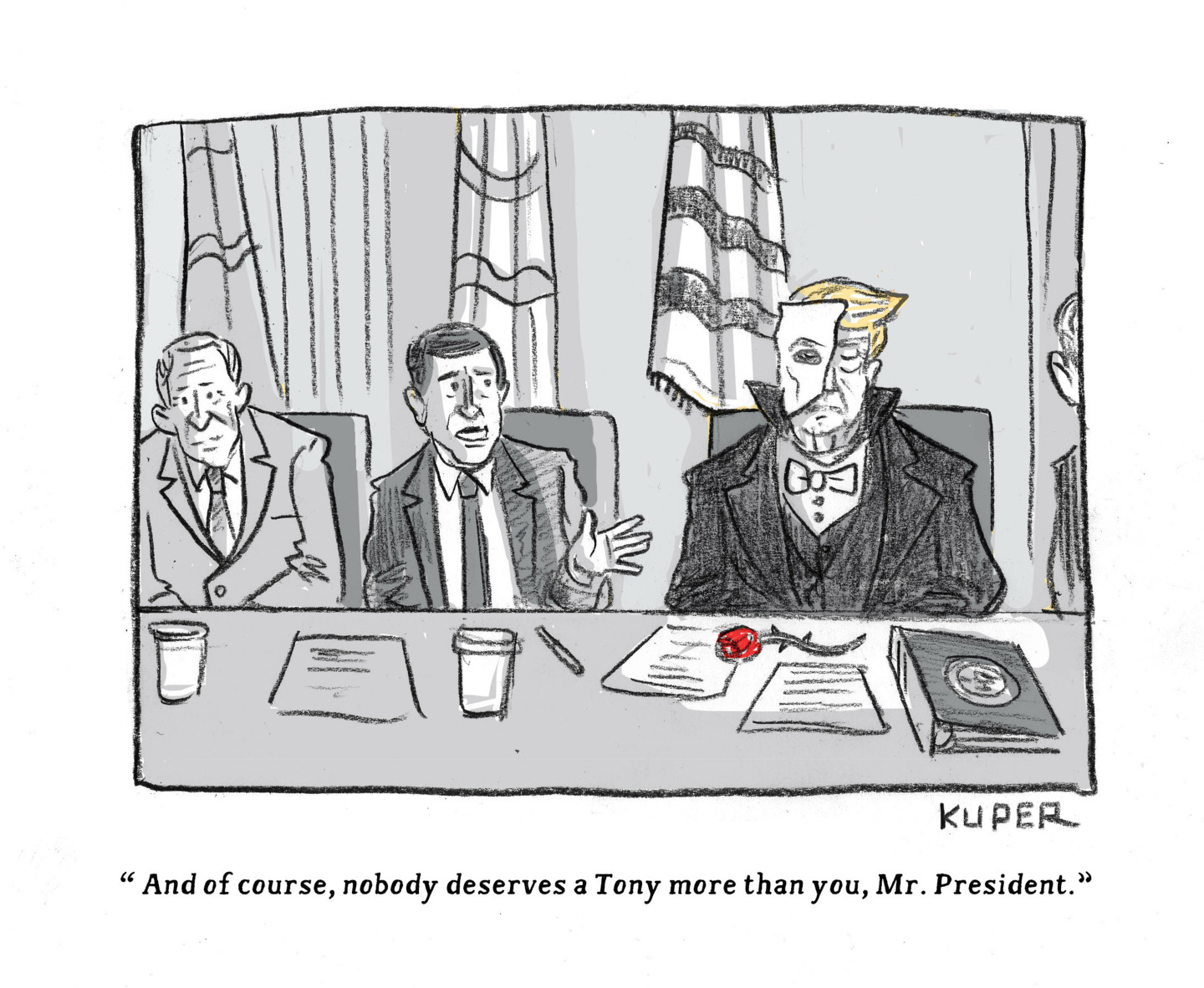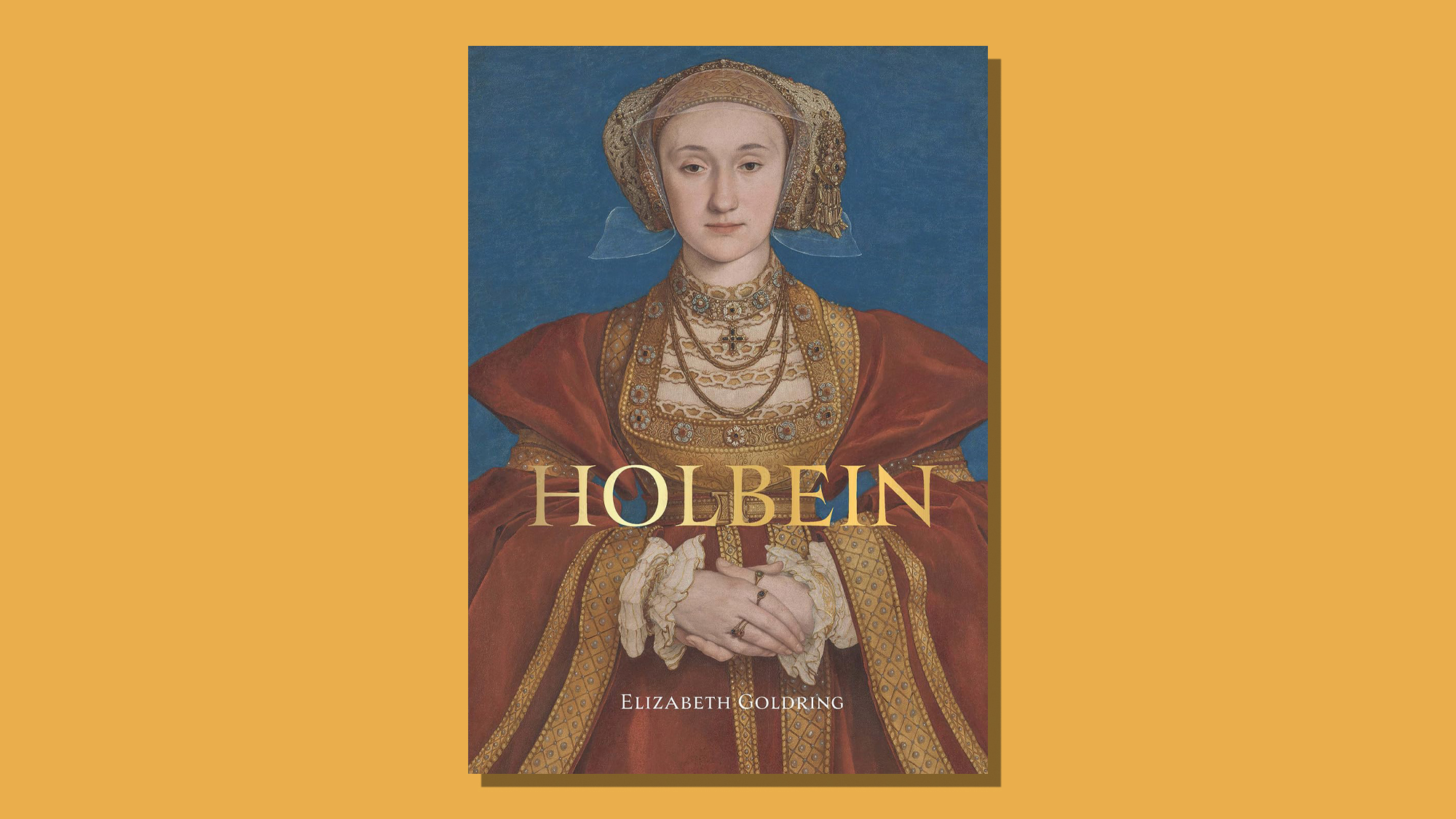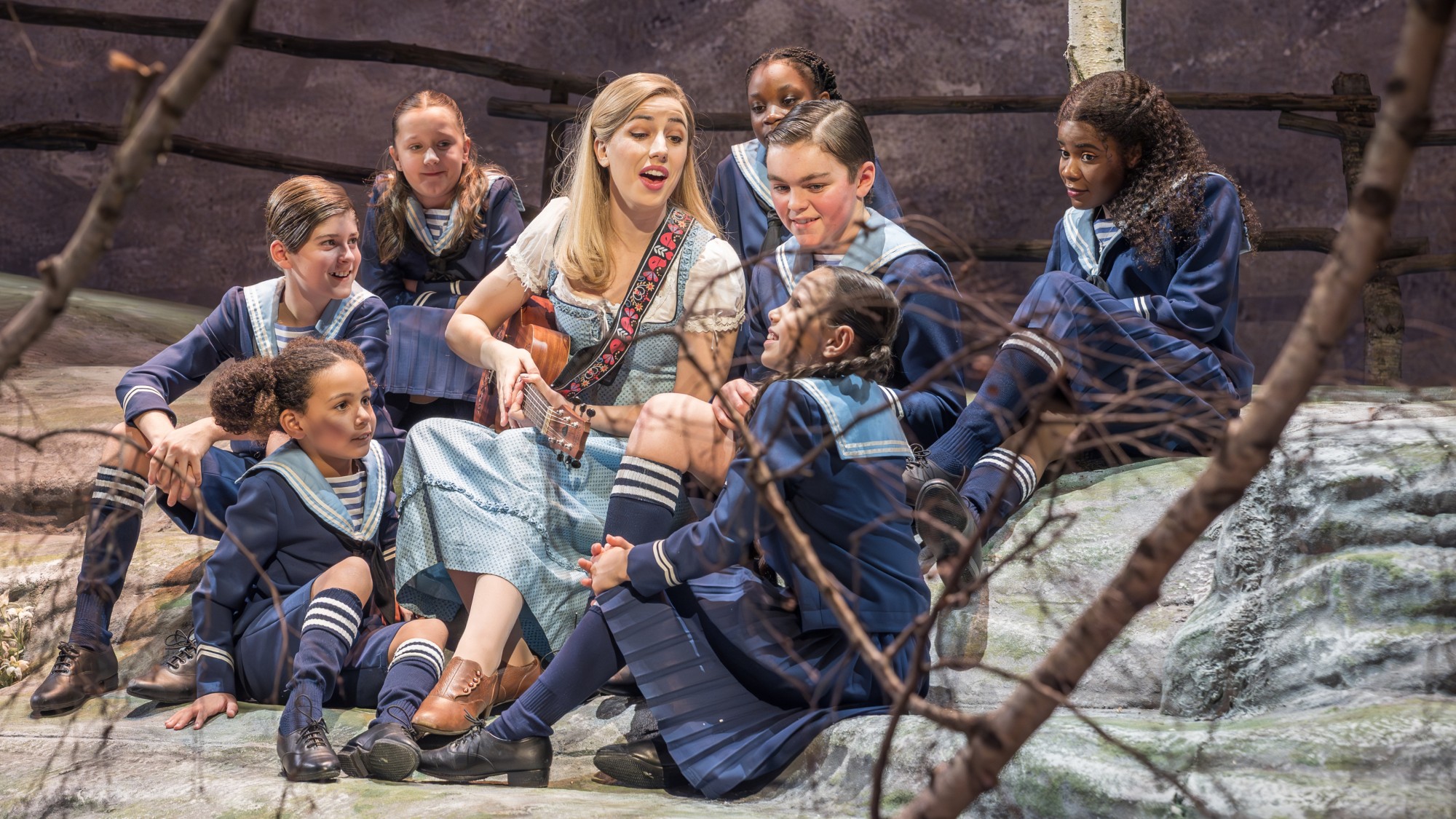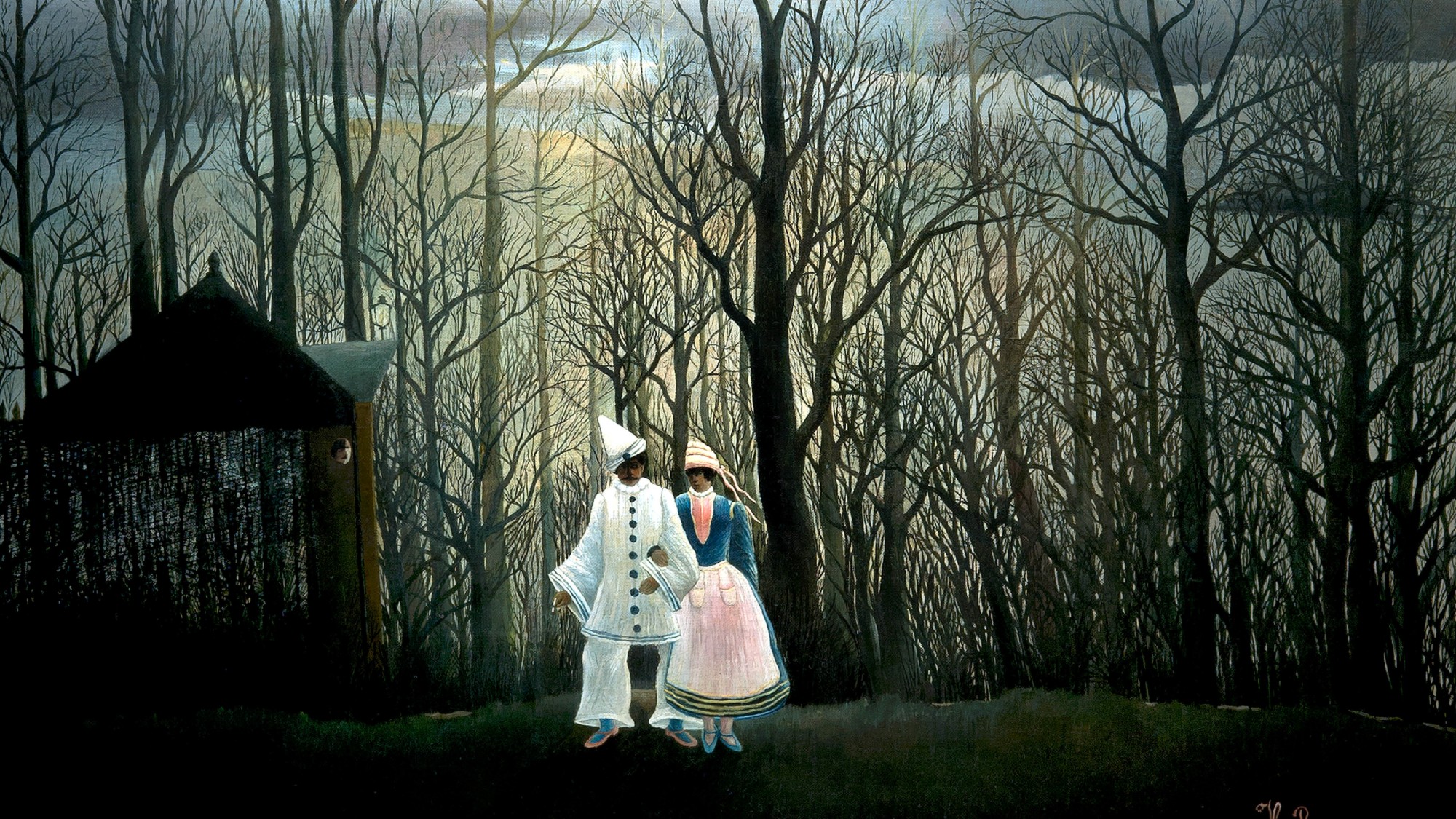Rowan Beaird recommends 6 compelling books from the 1950s
The author recommends works by Patricia Highsmith, Shirley Jackson, and more

- 'The Price of Salt' by Patricia Highsmith (1952)
- 'Go Tell It on the Mountain' by James Baldwin (1953)
- 'Bonjour Tristesse' by Françoise Sagan (1954)
- 'Raise High the Roof Beam, Carpenters and Seymour: An Introduction' by J.D. Salinger (1955)
- 'The Haunting of Hill House' by Shirley Jackson (1959)
- 'Breakfast at Tiffany's' by Truman Capote (1958)
When you make a purchase using links on our site, The Week may earn a commission. All reviews are written independently by our editorial team.
Rowan Beaird's debut novel, "The Divorcées," is set in 1951 at a Reno "divorce ranch" — a hotel catering to women seeking to end their marriages quickly by establishing six weeks' residency in Nevada. Below, Beaird recommends six essential novels of the era.
'The Price of Salt' by Patricia Highsmith (1952)
Highsmith once said that the protagonist of this novel, Therese, "came from my own bones." But due to its sexual content, The Price of Salt was originally published under a pseudonym. This love story, between Therese and the complex Carol, is Highsmith at her best, and it dares to give readers something we rarely expect from her work: a happy ending. Buy it here.
The Week
Escape your echo chamber. Get the facts behind the news, plus analysis from multiple perspectives.

Sign up for The Week's Free Newsletters
From our morning news briefing to a weekly Good News Newsletter, get the best of The Week delivered directly to your inbox.
From our morning news briefing to a weekly Good News Newsletter, get the best of The Week delivered directly to your inbox.
'Go Tell It on the Mountain' by James Baldwin (1953)
I love books with a tight timeline, and this semi-autobiographical novel unfolds over the course of a single day. As always, Baldwin's writing is fierce and powerful, and he creates a rich character study as his protagonist wrestles with sexuality, religion, and family secrets. Buy it here.
'Bonjour Tristesse' by Françoise Sagan (1954)
Published when Sagan was only 18, "Bonjour Tristesse" was a sensation and a scandal. It's a remarkable portrait of teenage girlhood. It was said that the book would "deal a fatal blow to the image of young French women in the eyes of foreigners." If that doesn't make you want to read it, I don't know what will. Buy it here.
'Raise High the Roof Beam, Carpenters and Seymour: An Introduction' by J.D. Salinger (1955)
This book, another of Salinger's installments about the Glass family, comprises two novellas. The first tells of Seymour's wedding day; the second is his brother Buddy's attempt to introduce Seymour to the reader. Both stories are at once funny and devastating; beautiful portraits of the love shared between siblings. Buy it here.
'The Haunting of Hill House' by Shirley Jackson (1959)
Hill House is a place of ghosts, but Jackson knows real terror comes from what can't be seen. Her novel creates a haze around the actual hauntings, focusing instead on the instability of the characters, creating a sense of destabilization that stays with the reader. Buy it here. 24,264
A free daily email with the biggest news stories of the day – and the best features from TheWeek.com
'Breakfast at Tiffany's' by Truman Capote (1958)
It's difficult to separate this novella from the iconic Audrey Hepburn film, but the original text is darker and infinitely more interesting. Harper's Bazaar pulled the story over fears about the reaction of one advertiser: Tiffany's. Luckily, Capote's sharp, elegant story found a home in Esquire. Buy it here.
This article was first published in the latest issue of The Week magazine. If you want to read more like it, you can try six risk-free issues of the magazine here.
-
 5 prize-winning cartoons about Donald Trump's appetite for awards
5 prize-winning cartoons about Donald Trump's appetite for awardsCartoons Artists take on operatic ambitions, peace prize pacifiers, and more
-
 Will Trump’s $12 billion bailout solve the farm crisis?
Will Trump’s $12 billion bailout solve the farm crisis?Today’s Big Question Agriculture sector says it wants trade, not aid
-
 ‘City leaders must recognize its residents as part of its lifeblood’
‘City leaders must recognize its residents as part of its lifeblood’Instant Opinion Opinion, comment and editorials of the day
-
 It Was Just an Accident: a ‘striking’ attack on the Iranian regime
It Was Just an Accident: a ‘striking’ attack on the Iranian regimeThe Week Recommends Jafar Panahi’s furious Palme d’Or-winning revenge thriller was made in secret
-
 Singin’ in the Rain: fun Christmas show is ‘pure bottled sunshine’
Singin’ in the Rain: fun Christmas show is ‘pure bottled sunshine’The Week Recommends Raz Shaw’s take on the classic musical is ‘gloriously cheering’
-
 Holbein: ‘a superb and groundbreaking biography’
Holbein: ‘a superb and groundbreaking biography’The Week Recommends Elizabeth Goldring’s ‘definitive account’ brings the German artist ‘vividly to life’
-
 The Sound of Music: a ‘richly entertaining’ festive treat
The Sound of Music: a ‘richly entertaining’ festive treatThe Week Recommends Nikolai Foster’s captivating and beautifully designed revival ‘ripples with feeling’
-
 ‘Furious Minds: The Making of the MAGA New Right’ by Laura K. Field and ‘The Dream Factory: London’s First Playhouse and the Making of William Shakespeare’ by Daniel Swift
‘Furious Minds: The Making of the MAGA New Right’ by Laura K. Field and ‘The Dream Factory: London’s First Playhouse and the Making of William Shakespeare’ by Daniel SwiftFeature An insider’s POV on the GOP and the untold story of Shakespeare’s first theater
-
 Henri Rousseau: A Painter’s Secrets
Henri Rousseau: A Painter’s Secretsfeature Barnes Foundation, Philadelphia, through Feb. 22
-
 Homes with great fireplaces
Homes with great fireplacesFeature Featuring a suspended fireplace in Washington and two-sided Parisian fireplace in Florida
-
 Film reviews: ‘The Secret Agent’ and ‘Zootopia 2’
Film reviews: ‘The Secret Agent’ and ‘Zootopia 2’Feature A Brazilian man living in a brutal era seeks answers and survival and Judy and Nick fight again for animal justice